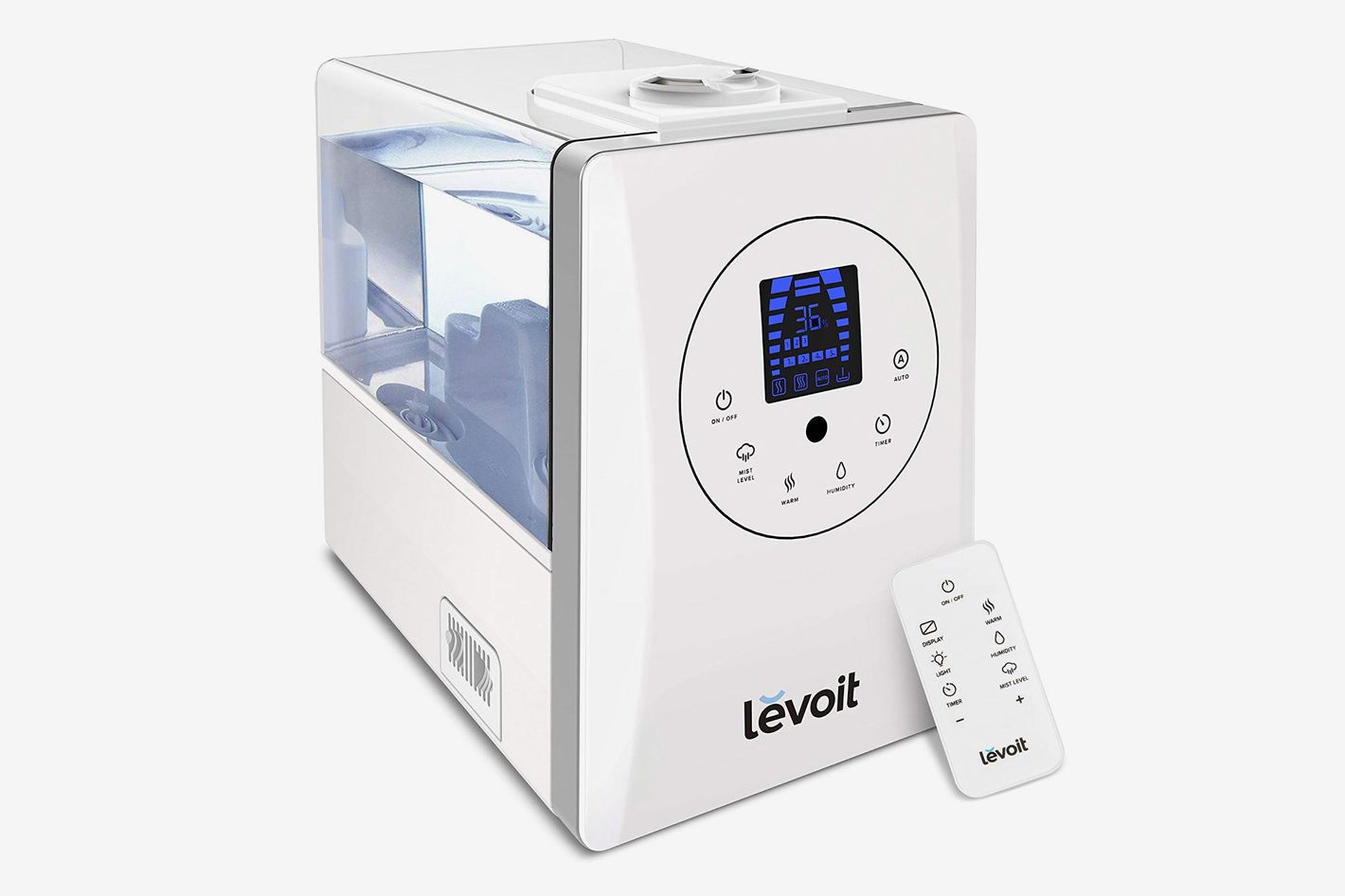Once you use sell shares of a mutual fund using. This may seem like the easiest way but again its not the best.
 Ye Tax Guide Us Global Investors
Ye Tax Guide Us Global Investors
The benefit to using average basis is that its simple to.

Average cost basis for mutual funds. Alternatively investors can use the specific identification method or the average cost method although rules on calculating the cost basis. You can check or change the default cost basis method on file for your accounts in Account Settings. The cost basis for mutual funds represents the premium that the investor paid to buy the shares of a particular fund.
The fund company will add up the total cost of all the shares you own and divide it by the total number of shares you own. Dollar-cost averaging is simply a method of purchasing shares of a mutual fund on a monthly basis. Left the shares on deposit in an account handled by a custodian or agent Ex.
In average basis all of your shares in a mutual fund have the same cost basis. Cost basis is the amount paid to purchase mutual fund shares including purchases from reinvested dividends or capital gains. Investors can calculate the cost basis of a mutual fund sale redemption by using an accounting method called the first in first out FIFO method.
At Schwab the default cost basis method for mutual funds is average cost which is calculated by dividing the total dollar amount invested in a fund by the number of shares held. Cost basis represents the initial value of a security or mutual fund that an investor owns. Cost basis is important for tax purposes because it is used to determine the amount of gain or loss when shares are sold.
Bought your mutual fund shares at various times and prices. If its not obvious how to see or change your cost. To calculate average basis.
Under federal tax law you have to pay taxes on realized gains in the value of assets that you sell including mutual funds stocks and securities. Average cost basis is defined as the means to attribute the purchase price to shares underlying a mutual fund Mutual Funds A mutual fund is a pool of money collected from many investors for the purpose of investing in stocks bonds or other securities. Lower the taxable amount.
Choosing the tax computation method that best suits your. Vanguard also uses average cost to track the basis for noncovered shares. The average cost basis method is a system of calculating the value of mutual fund positions in a taxable account to determine profitloss for tax reporting.
Average basis is the average cost of all shares you bought. Mutual funds are owned by a group of investors and managed by professionals. Average Cost Restrictions For many years the average cost basis method could only be used with mutual fund investments.
According to a FAQ on Schwabs website. There is one caveat. You can use this method of figuring your basis only if you did both of these.
First In First Out 4. The calculation is simply the net amount. Unless you select another method in writing this will be the method we use when you sell mutual fund shares.
Key Takeaways The average cost basis method is a way of calculating the value of mutual fund positions to determine the profit or loss. Thats why its typically the default method for fund companies. The gain or loss on shares you sell or exchange is the difference between the proceeds of the sale or exchange and the cost basis of the shares.
Average Cost Single Category available for mutual funds only 2. Activity including reinvested dividendscapital gains and wash sale adjustments may increase the basis while other activity including nondividend distributions ie return of capital may reduce the basis. However starting in 2011 stock shares purchased through a dividend.
Average Cost Double Category available for mutual funds only 3. However the basis of the shares is tracked separately from the basis of the covered shares. The average is figured from taking the total price paid for all your shares then divided by the total number of shares owned.
A broker or your mutual fund company. This gives you your average per share. Specific Identification Just click on the link to be taken to the page that fully describes each method.
The cost basis of mutual fund shares is typically the purchase price including any sales charges paid when an investor purchased shares. The average cost is calculated by dividing the total amount in dollars. The same dollar amount is used each month to purchase fund shares month in and month out for typically a long period of time such as from one to ten years.
In general gains are taxable and losses may be used to decrease gains ie. Divide that result by the total number of shares you own. It will appear on your statement as AvgCost.
The amount of tax that you pay depends on how you report you earnings. You can elect to change your cost basis method to specific identification which allows you to choose which shares to sell. What is Average Cost Basis.
Average Cost calculates gains or losses on shares sold based on the average purchase price of all shares you own in a mutual fund account. The noncovered shares will also generally be sold before the covered shares. The default for mutual funds is the average cost method.
What about mutual funds. The average cost method is only available for mutual fund shares. The first-in-first-out FIFO and the average-cost-basis are two different methods for calculating your tax burden.
Add up the cost of all the shares you own in the mutual fund.




:no_upscale()/cdn.vox-cdn.com/uploads/chorus_asset/file/3654870/20150429130812.0.jpg)








